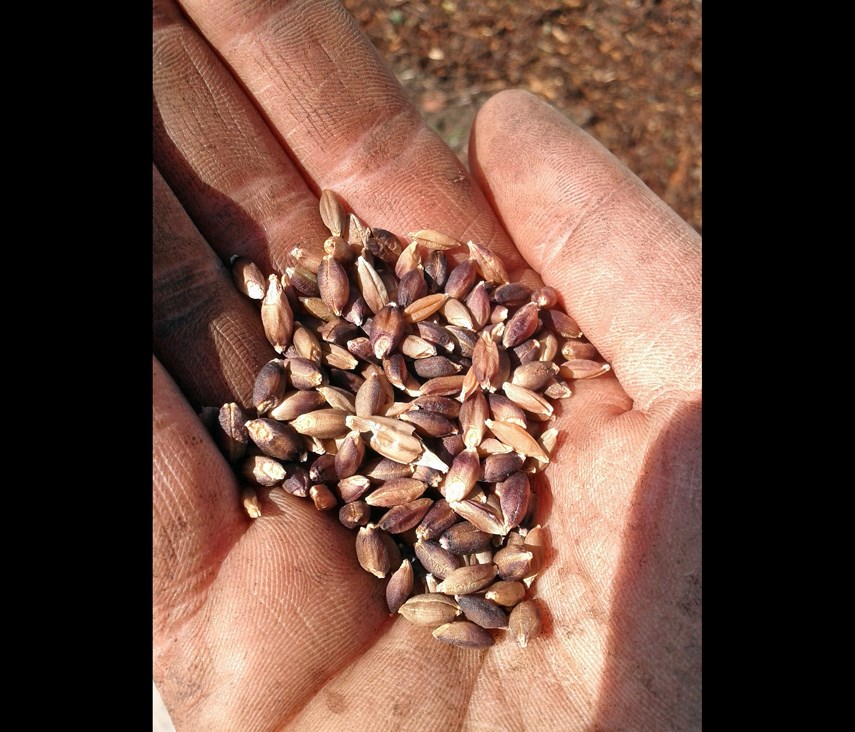It’s January! That means it’s seed catalogue and ordering season.
In my opinion, January is too early to start seeds, but it is the perfect time to plan your garden and order seeds.
Develop a simple “crop plan” by drawing an outline of your vegetable garden space on paper. There are online programs available to do this, but I find them too finicky and complicated to use for a simple backyard garden.
The first step is to decide what you want to plant this year. A simple list of types of vegetables and fruits is enough because you do not need the detailed list of varieties yet. For example: lettuce, garlic, tomatoes, and potatoes.
Next, look at your crop plan from last year to remember where you had each vegetable planted. Consider how much of each crop you want – is four square feet enough salad? Do you use more kale than three plants can give you? Are you growing tomatoes for just fresh eating or do you need to stock up for preserving?
Use a pencil to mark this year’s crop plan with the vegetables you want to grow, and try to rotate your crops so they are not growing in the same place as last year.
Crop rotation can be very complicated, but at a minimum try to keep three years between planting the same vegetable family (like Brassicas, Cucurbits, Solanaceae, etc.) in a space. This can help reduce pests, balance soil nutrients, and prevent diseases from taking hold in your soil.
If you’re passionate about crop rotation or curious about companion planting there are many books and resources dedicated to the details of which crops should follow each other, what should be planted near or far from each vegetable, and much more. A crop plan can take into account all of these details, or can give you a much simpler visual plan of what you want to plant this year and where you’re going to put it. Do what works for you!
Once you’ve got a crop plan done, start scrolling through the seed catalogues!
I try to wait until my basic crop plan is finished before I crack open the seed catalogues because I easily get distracted and want to plant way more than a small garden can manage.
Once I have decided the main types of vegetables I want to grow I have a great time picking different varieties. Do not end up off course (like the year I tried to grow giant watermelons in North Vancouver).
Our small gardens don’t take very many seeds, so consider teaming up with a friend to share seeds or donate your extras.
There are so many fantastic local seed companies that will give you seed adapted to the Pacific Northwest climate.
Here are a few I recommend:
- BC Eco Seed Co-Op (bcecoseedcoop.com)
- Adaptive Seeds (adaptiveseeds.com)
- West Coast Seeds (westcoastseeds.com)
- Sunshine Farm Seeds (sunshinefarm.net)
- Full Circle Seeds (fullcircleseeds.com)
Happy gardening!
Emily Jubenvill grew up on the North Shore and is passionate about growing fresh organic food. She’s working on her organic farm and homestead in Enderby, B.C. You can reach her at [email protected] or on Instagram at emily.enderberry.



